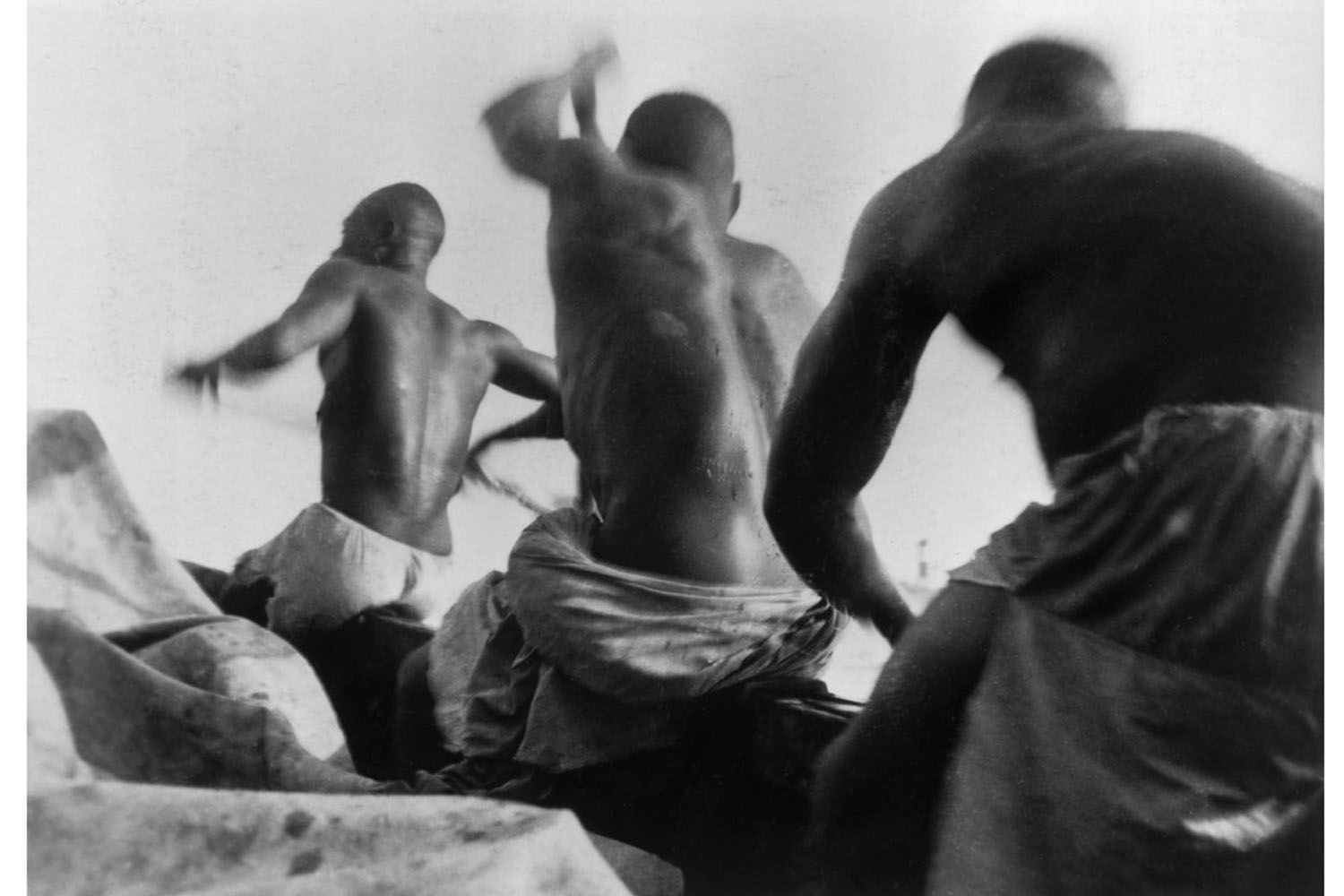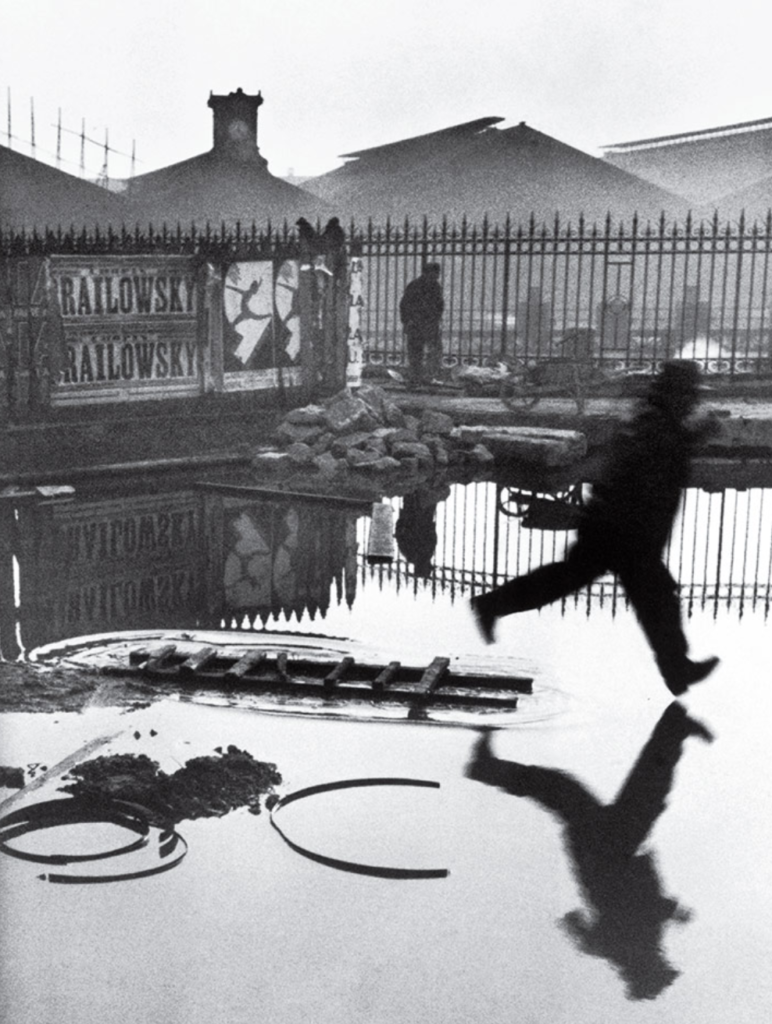Renowned as one of the best photographers of the 20th century, Henri Cartier-Bresson immortalised the “decisive moments” that marked ordinary people’s everyday lives while documenting significant historical occurrences such as the Spanish Civil War and Gandhi’s death. This is his story with a special focus on his trip to India and how documenting this land and its news marked the beginning of his best photojournalistic work.
Early Beginnings
The young Cartier-Bresson, born in a town outside of Paris in 1908, was supposed to inherit the family textile company, but the burgeoning artist had other plans. His parents eventually gave their 17-year-old son permission to study twice a week with French painters Jean Cottenet and Jacques-Émile Blanche after he failed his baccalaureate examinations three times. Henri Cartier-Bresson began his photographic career in 1931, drawing inspiration from surrealism and cubism for his vivid compositions, collage-style images, and preoccupation with underprivileged groups and their surroundings. He rapidly became proficient with the 35mm Leica camera. He frequently went to the outrageous parties hosted by J.P. Morgan’s nephew Harry Crosby, where he made friends with Max Ernst and Salvador Dalí, Marcel Duchamp, Man Ray, and New York gallerist Julien Levy. Cartier-Bresson’s first commercial break would come later when Levy organized an exhibition of his work in 1933. He even set out to explore Italy, Spain, Morocco, and Mexico, developing a unique photographic style that would characterize the 20th century. Despite drawing inspiration from photographers such as Eugène Atget and André Kertész, Cartier-Bresson’s inventive fusion of form and subject signified a noteworthy progression. His landmark photograph from 1952, “The Decisive Moment,” summed up his philosophy which was the belief in capturing the true essence and expression of the moment.

Founding Magnum Photos
Henri Cartier-Bresson enlisted in the Film and Photography unit of the French army in 1940. But shortly after, he was taken prisoner by German forces and held captive for 35 months. After making his getaway, he joined the French underground and used his camera to capture images of the occupation and final liberation of France. Along with Robert Capa, David Seymour, William Vandivert, and George Rodger, he co-founded Magnum Photos in 1947. Fall of that year, he traveled to India to cover the recently divided and sovereign nation-state.
The Indian Connection: A Departure from his earlier repertoire
He came to India in 1947 to capture important political moments as well as daily life. His images of India in the 20th century capture a pivotal moment in the nation’s history: a freshly independent nation full of hope for the future; a people trying to reconcile with the Partition and their new identities; a country lamenting the passing of an icon (Gandhi). The images solidified Bresson’s standing as the “Father of Modern Photojournalism.” In collaboration, the Rubin Museum of Art (New York) held an exhibition from 2017 to 2018 that included 69 images of Bresson’s India. He was a man who was present at the right moment at the right time. One of the biggest examples of this would be having met with the Indian independence leader just hours before his murder, he documented the cremation of Mahatma Gandhi. In the fourteen images devoted to Gandhi, one can see the circumstances surrounding his cremation, highlighting his complex story. The image of the people gathered around Gandhi’s body in his bedroom speaks just as much about the leader’s presence—or lack thereof—as does the image of Gandhi, flanked by two women and seen leaving a Mehrauli temple a few months earlier.

New Wave of Photography
These photos were flanked by a sense of humanity and were a departure from his earlier aesthetically beautiful imagery, these displayed a particular raw-ness and also the social and political climate of the region at the time. Bresson came to India some 6 more times after his maiden visit and he captured different aspects of the vast land, reflecting a deep grasp of India’s evolving social dynamics. His portfolio captures poignant moments such as a group of women outside a mosque in Srinagar in 1948, symbolising their exclusion from its interior, and the graceful scene of women drying their saris under the sun in Ahmedabad in 1966. These images showcase Cartier-Bresson’s enduring fascination with the everyday rituals and customs that shape life in India. 69 of these monumental photographs were exhibited in an exhibition organised at the Rubin Museum in New York in 2017, under the title, “Henri Cartier-Bresson: India in Full Frame.”

The photojournalist and artist emphasised sensitivity as paramount for creating exceptional photographs or art. He firmly believed in composing images directly within the camera and thus never edited or cropped his work. In a 2000 interview with Charlie Rose, he remarked, “I don’t take the photograph, the photograph takes me.” Despite his talent, Cartier-Bresson remained humble, cautioning that excessive success could be perilous. He chronicled the lives of many throughout his career introducing a new kind of plasticity in his creations, the legendary artist changed the way photographs are clicked and viewed.

He received a great deal of recognition, such as the Grand Prix National de la Photographie in 1981, the Culture Prize in 1975, and the Prix de la Société Française de Photographie in 1959. His work can be found in the permanent collections of numerous museums worldwide, such as the Art Institute of Chicago, the Bibliothèque Nationale de France in Paris, the Victoria & Albert Museum in London, the Museum of Modern Art in New York, and the Getty Museum in Los Angeles.
Henri Cartier-Bresson passed away on August 3, 2004, in Montjustin, France, at the age of 95. His artworks are now part of prestigious collections, including The Museum of Modern Art in New York, the Tel Aviv Museum of Art, the National Gallery of Canada in Ottawa, and the Los Angeles County Museum of Art, among many others.
References
- https://lifestyle.livemint.com/how-to-lounge/movies-tv/henri-cartier-bresson-s-photos-of-nehruvian-india-in-new-york-111646834298735.html
- https://www.artnet.com/artists/henri-cartier-bresson/
- https://www.theheritagelab.in/india-henri-cartier-bresson/
- https://mapacademy.io/article/henri-cartier-bresson-in-india/
- https://www.christies.com/en/stories/henri-cartier-bresson-7bf3dde002fa4846af6c8bb3afbc9ea4.





